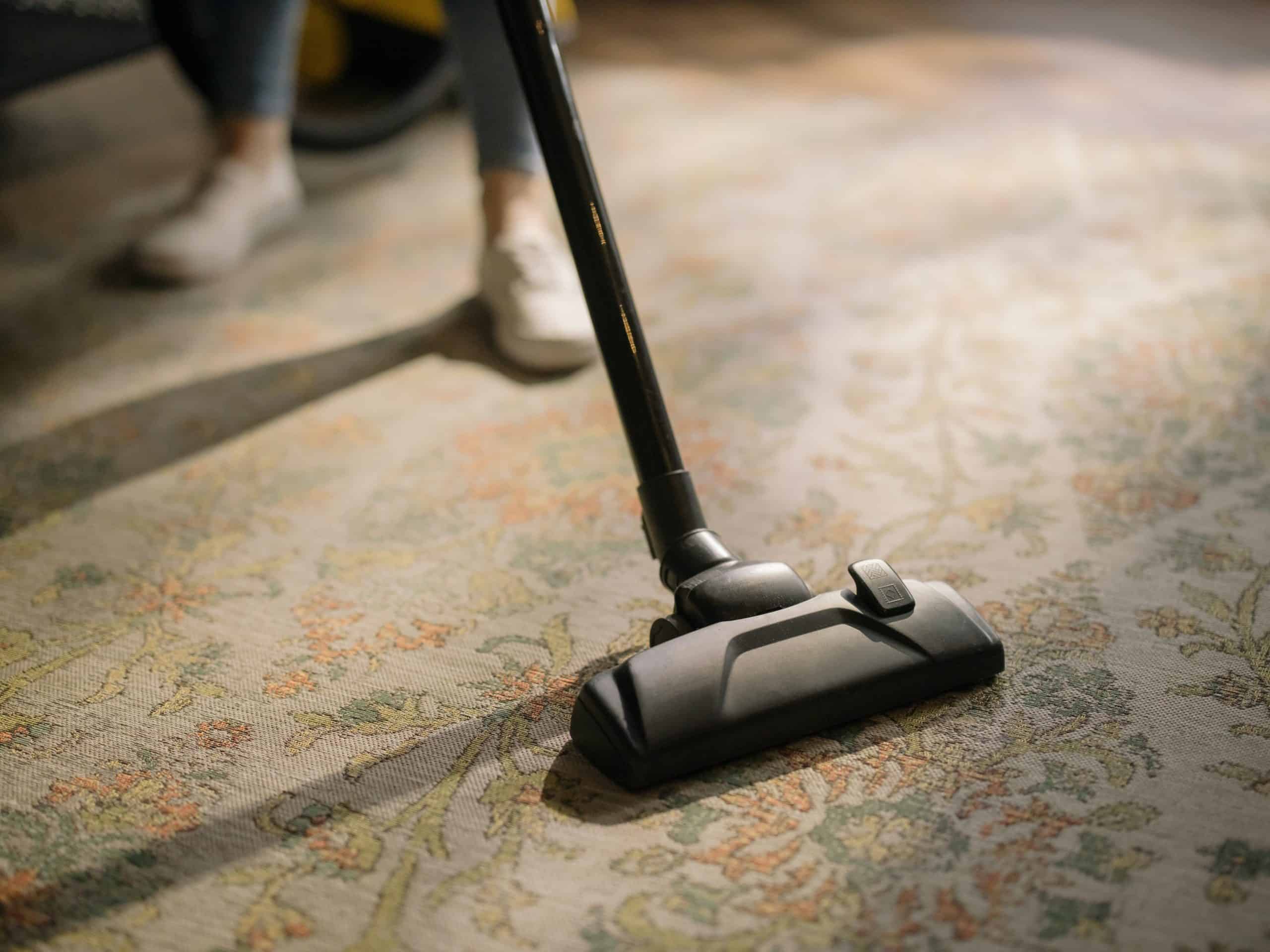Vacuum cleaners fall into two primary categories – bagged and bagless. Although they all take the hassle out of cleaning, their waste disposal techniques are different. As the name implies, bagged vacs use a replaceable bag to trap dirt, while bagless vacuums ship with a dust chamber that’s emptied when full.
While both types have definite pros and cons, bagless vacuums are usually the best choice for most households. We explore the reasons below.
Five Reasons Why Bagless Vacuums are the Best Choice
- Easy to Use and Affordable
Bagged vacuums use disposable bags that require replacement once every three months or more, depending on how often you use them.
In contrast, a bagless vacuum can be emptied as many times as necessary without extra cost. Many of these models feature a small quick-release flap at the bottom for easy emptying and a dust chamber with a clear or transparent build so you can easily tell when to empty.
A bagless vacuum also allows you more cleaning freedom since you don’t have to worry about a bag filling up. You also won’t deal with the frustration of vacuuming only to realize the bag is full, and you don’t have another one.
- Save Money On Bags
Swapping one dust bag with another when your bagged vacuum is full might not seem expensive, but the ongoing costs are pretty high, particularly if you live in a busy household where vacuuming needs to be done regularly.
A bagless vacuum lets you skip these ongoing costs completely. So if cost is a concern, you have even more reasons to get yourself one.
- Bagless Vacuum Cleaners Lower Your Environmental Impact
Bagged vacuum cleaners might be efficient, but they put a strain on the planet. Each dust bag and filter you use takes up resources during the manufacturing and distribution process and, sadly, often ends up in landfills.
Your impact is even higher if you have to empty it often. Why does it matter, you ask? Well, with about 2.2 billion tons of waste dumped each year globally, the world could use a little less trash, and a bagged vacuum cleaner only leaves more waste.
- Less Likely to Suffer From Loss of Suction
Generally, bagged vacuum cleaners work efficiently but lose their suction power as the dust bag fills. That makes vacuuming using harder than it should be since it’ll keep spitting dirt and debris it had sucked away earlier.
Bagless vacuum cleaners, on the other hand, prevent this problem by going bagless. Even though they may occasionally lose suction, it’s a problem you can solve easily since bagless vacuums have a far simpler build, meaning it’s easy to identify the clogged-up parts.
Many of the best bagless vacuums also have a cyclonic design. This prevents suction loss as the canister fills up.
- There Are More Bagless Models Available
Although some models are corded, most bagless vacuum cleaner manufacturers nowadays offer cordless versions. These make cleaning even easier, especially if you live in a large space since you’ll no longer be tethered to a power outlet.
Also, because they’re often compact, they are easier to move around while cleaning, plus, they can reach and clean every nook and cranny of your space.
What’s more, they come in an array of designs, ranging from compact, upright models that dispose dirt easily to bagless robot vacs that make vacuuming a hands-free affair and automatically empty themselves when full.
Bagless Vacuum Cleaners Downsides
Although bagless vacuum cleaners come with a lot of perks, they’re not all perfect. They can be quite messy to empty and might even release allergens back into the air. On the bright side, you can empty it before it gets too full and do it outside.
Even so, bagged vacuums are usually the best choice for people with allergies.
Bagless vacs also typically hold less dirt than their bagged variants, meaning they need regular emptying.
Bagless Vacuum Cleaner Maintenance Tips
Now that you know why bagless vacuum cleaners are often the best choice, here are some maintenance tips:
- Clean the roller brush regularly: Hair, strings, and debris wrapped on the roller brush not only make vacuuming difficult but may also damage the vacuum belt and bearings.
- Avoid vacuuming hard objects: It can be tempting to vacuum that small stone on your floor, but avoid doing so at all costs as it can damage your vacuum’s interior.
- Clean and replace the filter: Your vacuum’s filter picks up particulates to improve indoor air quality. The cleaner it is, the better the air quality in your space. Clean it regularly and replace it periodically, depending on how often you use your vac.
- Know where to check for clogs: This will make it easier for you to solve most vacuuming problems and help extend the life of your machine by ensuring it’s free of anything that might damage it. Most blockages occur in the hose, intake, and exhaust ports.
- Regularly clean the dust chamber: Empty and thoroughly rinse your vacuum’s dust chamber at least once a week after emptying for optimal performance.
- Schedule a maintenance service: Although inspecting and maintaining your bagless vacuum cleaner will save you money, occasional professional maintenance is advisable. Professionals have the tool and experience to identify and solve problems before they escalate.
Summary
While there are some advantages to a bagged vacuum cleaner, a bagless vac is often the best choice for most people. Bagless vacs eliminate the ongoing cost of new bags, are more eco-friendly, and are less likely to lose suction as they fill up.
The main drawback to bagless vacuums is that they are less effective at trapping small allergens. For this reason, allergy sufferers should usually buy a bagged vacuum.

